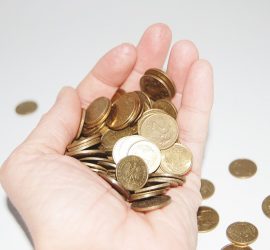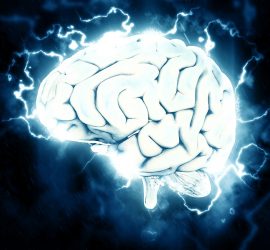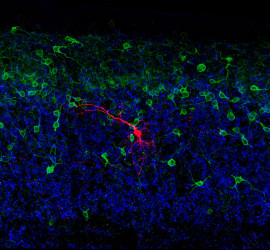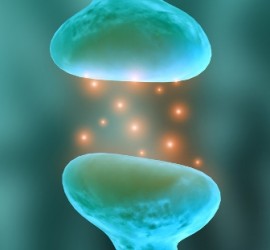Spinal cord plasticity: getting to the how of the matter
It is well known that the nervous system is capable of change. One way that change occurs is through the strengthening or weakening of connections between nerve cells; a process termed synaptic plasticity. In the laboratory, we can produce synaptic changes using stimulation techniques that activate various parts of the […]







